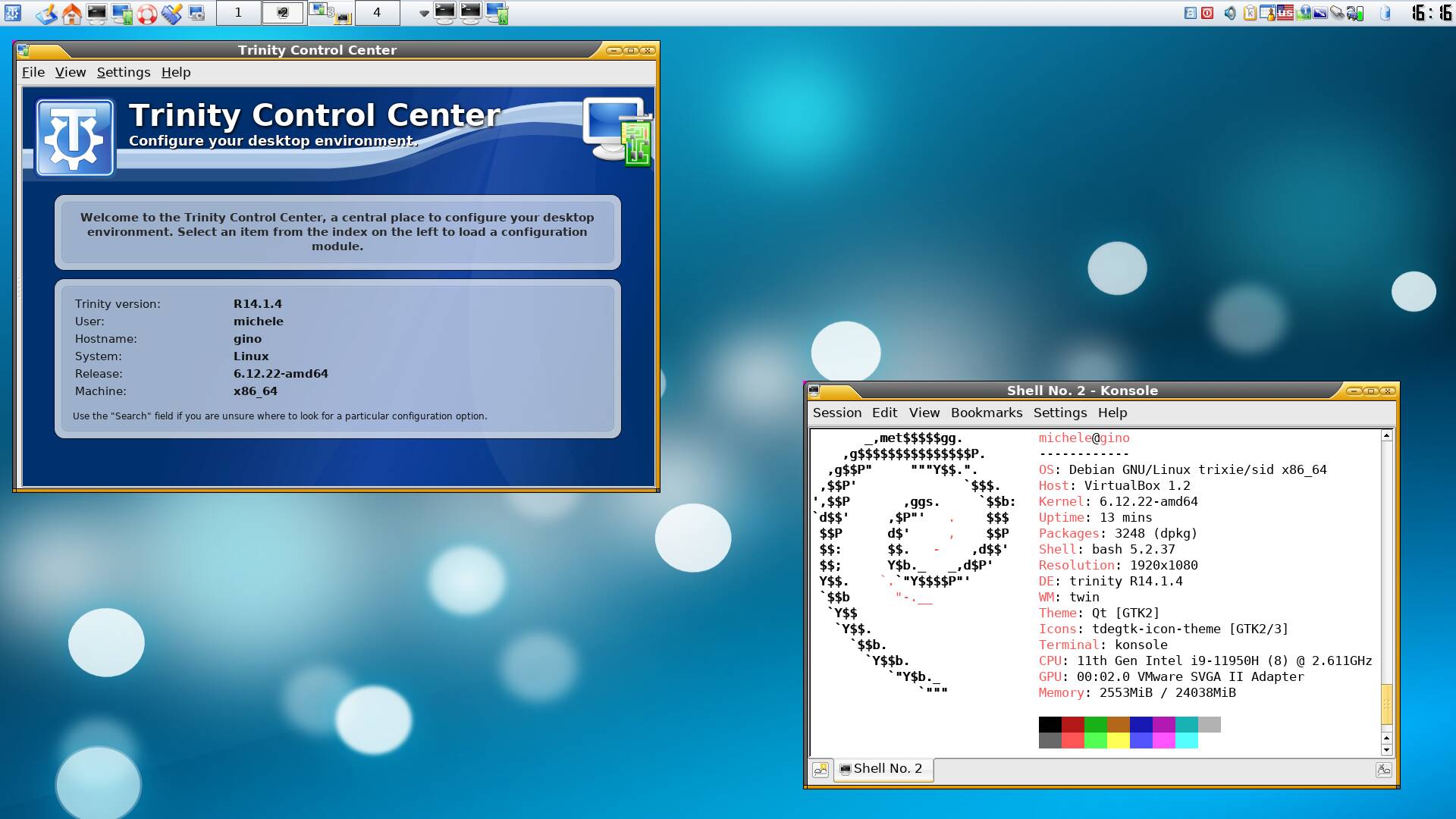What Are Living Off the Land (LOTL) Attacks?
Modern cyberattacks aren’t always built on malicious code or new malware strains. In fact, many attackers are now hiding in plain sight—using tools that are already part of your systems. This increasingly common technique, known as Living Off the Land (LOTL), involves weaponizing legitimate utilities to bypass traditional security layers and execute stealthy, hard-to-detect attacks. What Are LOTL Attacks, Really? Think of it this way: instead of breaking in with lockpicks, the intruder finds your spare key under the mat. LOTL attackers do something similar—they avoid introducing external malware and instead exploit trusted, built-in applications like PowerShell, WMI, or the Command Prompt to carry out malicious actions. Since these tools are approved and frequently used by IT admins, their manipulation often flies below the radar of signature-based detection tools. Behind the Scenes: How LOTL Attacks Operate LOTL attacks generally follow a multi-step approach: Initial Entry: Gained via phishing, unpatched vulnerabilities, or stolen credentials. System Reconnaissance: Attackers survey the environment using tools like ipconfig or netstat to map out targets. Privilege Escalation & Lateral Movement: Leveraging tools such as PsExec or remote PowerShell sessions, they move across the network with increasing access. Payload Execution: Scripts and commands are run via legitimate tools—no need to download malware. Persistence & Cover-Up: Attackers may hide code in the Windows registry or schedule tasks, while simultaneously clearing logs and disabling defenses to erase their tracks. Why Are LOTL Attacks So Effective—and So Prevalent? LOTL attacks offer a range of advantages to threat actors: Low Detection Rate: Native tools don’t trigger many alerts. No Malware Required: These attacks are often “fileless,” making forensic investigation difficult. Cost-Efficient: Reusing built-in tools reduces development effort. Versatile for APTs: Advanced Persistent Threats prefer LOTL to maintain long-term, undetected access. Hard to Attribute: Using default system binaries blurs the line between normal admin activity and attack behavior. Defensive Measures: How to Counter LOTL Tactics Preventing LOTL attacks requires more than just antivirus. Here’s how organizations can strengthen their defense: Implement Least Privilege Policies: Reduce administrative rights to minimize abuse potential. Invest in EDR Tools: Endpoint Detection and Response solutions monitor real-time behavior, not just known threats. Monitor Command Usage: Regular auditing of scripting tools and command-line activity can expose anomalies. Apply Timely Patches: Close off known vulnerabilities quickly. Employee Security Training: Educate users to spot social engineering attempts that often initiate LOTL access. Use Deception Technology: Honeypots can reveal attackers before real damage is done. Final Words LOTL attacks exploit your trust in everyday system tools. The danger isn’t in foreign malware—it’s in the misuse of what's already trusted and approved. To stay resilient, organizations must rethink their cybersecurity approach and adopt advanced solutions like CloudDefense.AI, which delivers deep visibility, intelligent detection, and threat mitigation rooted in behavioral analysis. The future of cyber defense lies in understanding that the enemy might already be inside—disguised as a routine command.


Modern cyberattacks aren’t always built on malicious code or new malware strains. In fact, many attackers are now hiding in plain sight—using tools that are already part of your systems. This increasingly common technique, known as Living Off the Land (LOTL), involves weaponizing legitimate utilities to bypass traditional security layers and execute stealthy, hard-to-detect attacks.
What Are LOTL Attacks, Really?
Think of it this way: instead of breaking in with lockpicks, the intruder finds your spare key under the mat. LOTL attackers do something similar—they avoid introducing external malware and instead exploit trusted, built-in applications like PowerShell, WMI, or the Command Prompt to carry out malicious actions.
Since these tools are approved and frequently used by IT admins, their manipulation often flies below the radar of signature-based detection tools.
Behind the Scenes: How LOTL Attacks Operate
LOTL attacks generally follow a multi-step approach:
- Initial Entry: Gained via phishing, unpatched vulnerabilities, or stolen credentials.
- System Reconnaissance: Attackers survey the environment using tools like ipconfig or netstat to map out targets.
- Privilege Escalation & Lateral Movement: Leveraging tools such as PsExec or remote PowerShell sessions, they move across the network with increasing access.
- Payload Execution: Scripts and commands are run via legitimate tools—no need to download malware.
- Persistence & Cover-Up: Attackers may hide code in the Windows registry or schedule tasks, while simultaneously clearing logs and disabling defenses to erase their tracks.
Why Are LOTL Attacks So Effective—and So Prevalent?
LOTL attacks offer a range of advantages to threat actors:
- Low Detection Rate: Native tools don’t trigger many alerts.
- No Malware Required: These attacks are often “fileless,” making forensic investigation difficult.
- Cost-Efficient: Reusing built-in tools reduces development effort.
- Versatile for APTs: Advanced Persistent Threats prefer LOTL to maintain long-term, undetected access.
- Hard to Attribute: Using default system binaries blurs the line between normal admin activity and attack behavior.
Defensive Measures: How to Counter LOTL Tactics
Preventing LOTL attacks requires more than just antivirus. Here’s how organizations can strengthen their defense:
- Implement Least Privilege Policies: Reduce administrative rights to minimize abuse potential.
- Invest in EDR Tools: Endpoint Detection and Response solutions monitor real-time behavior, not just known threats.
- Monitor Command Usage: Regular auditing of scripting tools and command-line activity can expose anomalies.
- Apply Timely Patches: Close off known vulnerabilities quickly.
- Employee Security Training: Educate users to spot social engineering attempts that often initiate LOTL access.
- Use Deception Technology: Honeypots can reveal attackers before real damage is done.
Final Words
LOTL attacks exploit your trust in everyday system tools. The danger isn’t in foreign malware—it’s in the misuse of what's already trusted and approved. To stay resilient, organizations must rethink their cybersecurity approach and adopt advanced solutions like CloudDefense.AI, which delivers deep visibility, intelligent detection, and threat mitigation rooted in behavioral analysis.
The future of cyber defense lies in understanding that the enemy might already be inside—disguised as a routine command.





























![[Free Webinar] Guide to Securing Your Entire Identity Lifecycle Against AI-Powered Threats](https://blogger.googleusercontent.com/img/b/R29vZ2xl/AVvXsEjqbZf4bsDp6ei3fmQ8swm7GB5XoRrhZSFE7ZNhRLFO49KlmdgpIDCZWMSv7rydpEShIrNb9crnH5p6mFZbURzO5HC9I4RlzJazBBw5aHOTmI38sqiZIWPldRqut4bTgegipjOk5VgktVOwCKF_ncLeBX-pMTO_GMVMfbzZbf8eAj21V04y_NiOaSApGkM/s1600/webinar-play.jpg?#)






































































































































![[The AI Show Episode 145]: OpenAI Releases o3 and o4-mini, AI Is Causing “Quiet Layoffs,” Executive Order on Youth AI Education & GPT-4o’s Controversial Update](https://www.marketingaiinstitute.com/hubfs/ep%20145%20cover.png)














































































































![Deploy Permit.IO PDP To Heroku Under 5 Mins! [Video Included]](https://media2.dev.to/dynamic/image/width%3D1000,height%3D500,fit%3Dcover,gravity%3Dauto,format%3Dauto/https:%2F%2Fdev-to-uploads.s3.amazonaws.com%2Fuploads%2Farticles%2Fnvzjvexnrqwvqo4ml9rl.png)



























































































































































































































































![Google Home app fixes bug that repeatedly asked to ‘Set up Nest Cam features’ for Nest Hub Max [U]](https://i0.wp.com/9to5google.com/wp-content/uploads/sites/4/2022/08/youtube-premium-music-nest-hub-max.jpg?resize=1200%2C628&quality=82&strip=all&ssl=1)


























































![Epic Games Wins Major Victory as Apple is Ordered to Comply With App Store Anti-Steering Injunction [Updated]](https://images.macrumors.com/t/Z4nU2dRocDnr4NPvf-sGNedmPGA=/2250x/article-new/2022/01/iOS-App-Store-General-Feature-JoeBlue.jpg)






























































